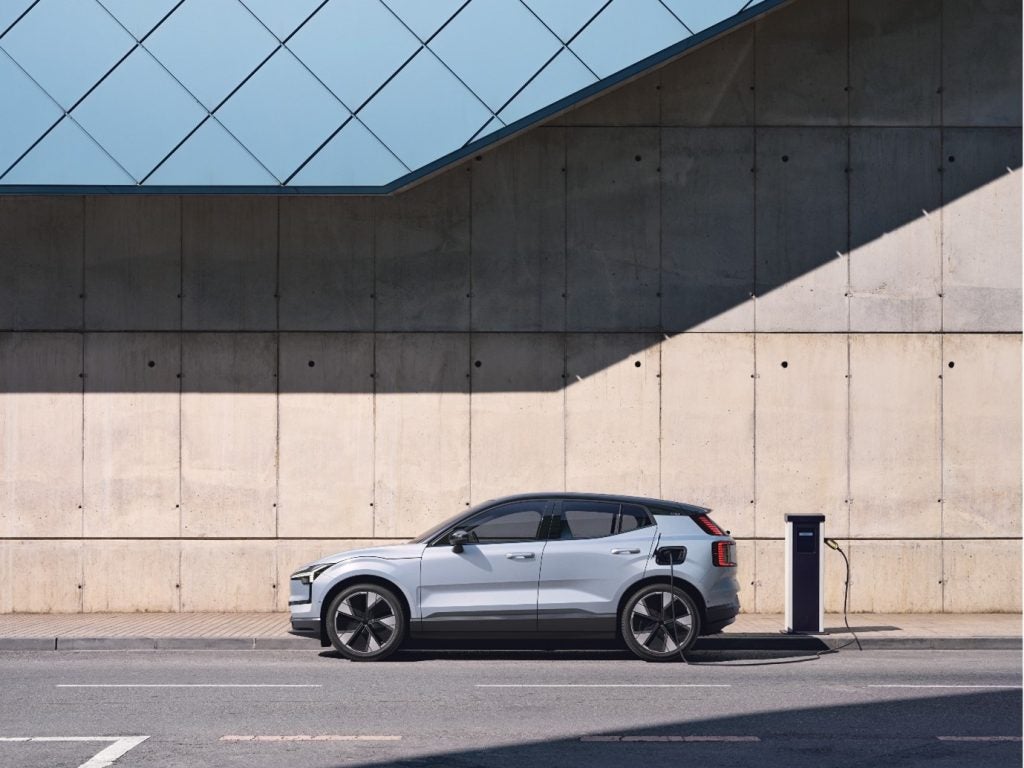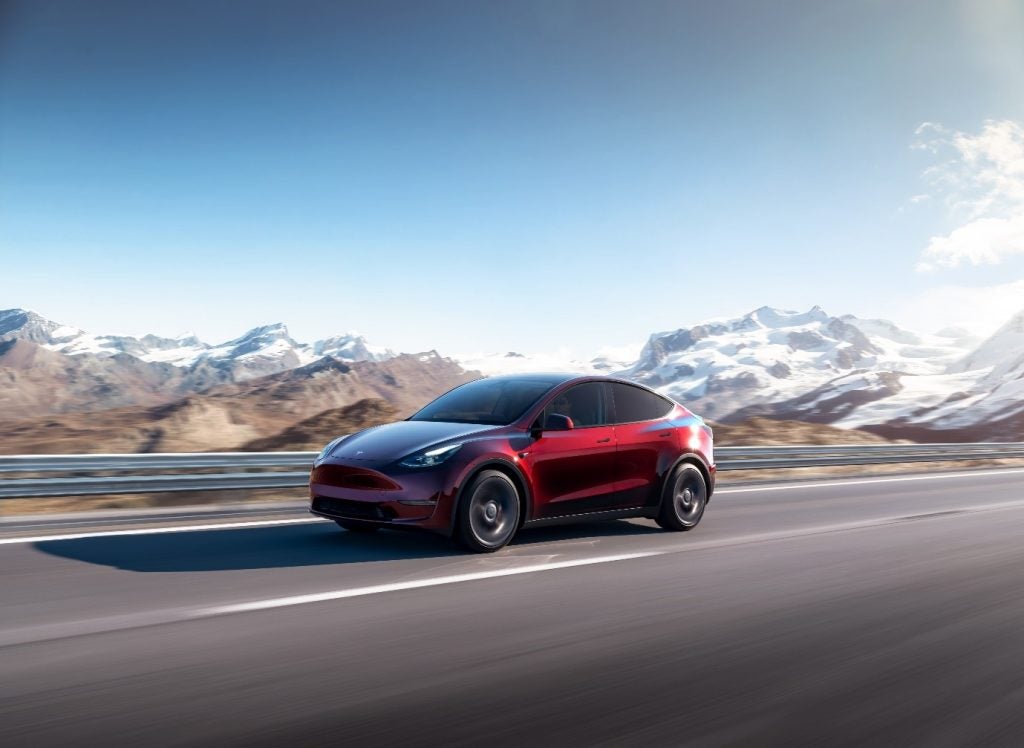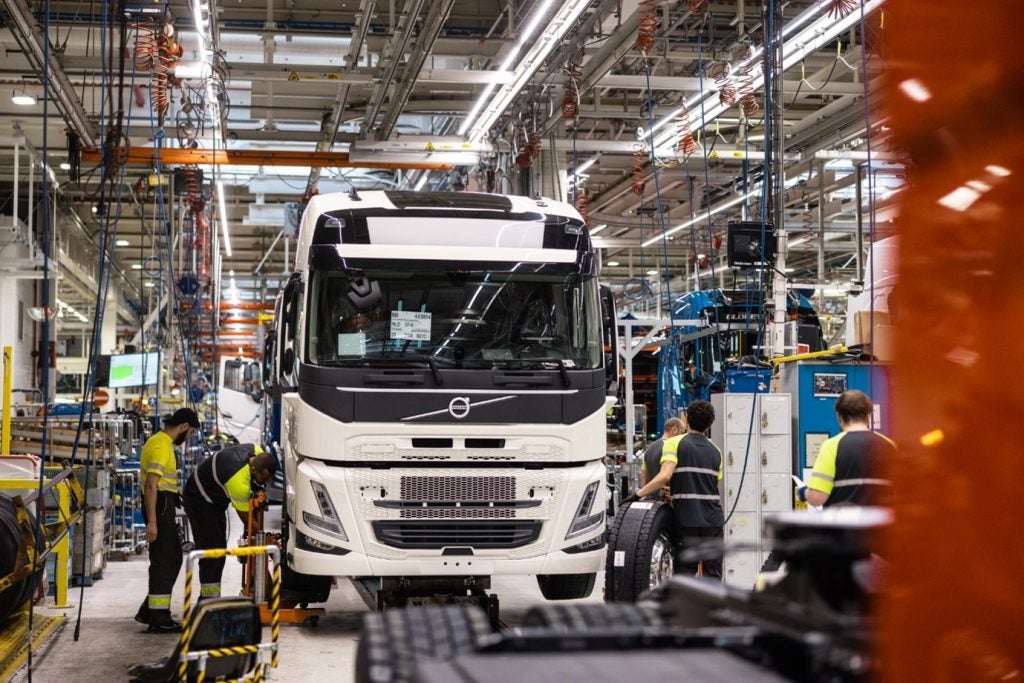Volvo Buses is launching the world’s longest bus, a bi-articulated, 26.8-metre vehicle with room for 300 passengers. The bus has been designed for dedicated bus lanes that are a cost-effective alternative to the metro.
Volvo Buses in Brazil is manufacturing the new B12M bus chassis built on the TX platform. The chassis is available as an articulated bus and bi-articulated bus of different lengths with the longest at 26.8 metres. The horizontal 12-litre 340 bhp engine is situated between the two front axles. The engine meets Euro 3 emission requirements and can be equipped with a particle filter.
The first order for 30 bi-articulated buses has been received from the bus operator Viacao Campo Belo of Brazil. The company is one of the largest operators in the Sao Paolo region, with a fleet of over 4,000 buses. The order of 30 buses is for the 26.8-metre bus. The company will use the buses on a route that runs along the fashionable Avenida 9 de Julho in the financial district. The bus bodies are built by Induscar/Caio.
The buses get a lot of attention, and not just because of their length. The driver sits in the middle and not to the side, as usual. This gives the driver a very good view of other traffic and also provides a roomy, comfortable driver environment with less passenger distraction, which means better traffic safety.
The bi-articulated bus has been specially designed for the effective bus traffic systems that are becoming more common throughout the world. The system is called Bus Rapid Transit, BRT. It’s designed around separate bus lanes and bus stops where passengers pay in advance for getting on and off the bus quickly.
How well do you really know your competitors?
Access the most comprehensive Company Profiles on the market, powered by GlobalData. Save hours of research. Gain competitive edge.

Thank you!
Your download email will arrive shortly
Not ready to buy yet? Download a free sample
We are confident about the unique quality of our Company Profiles. However, we want you to make the most beneficial decision for your business, so we offer a free sample that you can download by submitting the below form
By GlobalDataVolvo Buses has a lot of experience with BRT systems, as the company has been involved since the first dedicated system was introduced in Curitiba in Brazil at the end of the 1970s. This kind of system is now in Porto Alegre and Manaus in Brazil, Bogota in Colombia and Leon in Mexico, where the majority of the buses are Volvos. BRT systems have also started, or are planned, in New Delhi, India, Jakarta, Indonesia Beijing and Shanghai, China, Mexico City and Santiago, Chile.
The reason for the BRT system’s success is that it is very cost-effective. The alternative is often the metro.
“Investment costs for a BRT system are up to 20 times less than the metro and operational costs are 50% less,” says Peter Danielsson, environmental manager at Volvo Buses.
The BRT system, with dedicated bus lanes, achieves the same passenger capacity and is often just as fast. The advantage with the bus solution is that bus stops can be closer together than on the metro and there are often more terminals where people can change routes.







